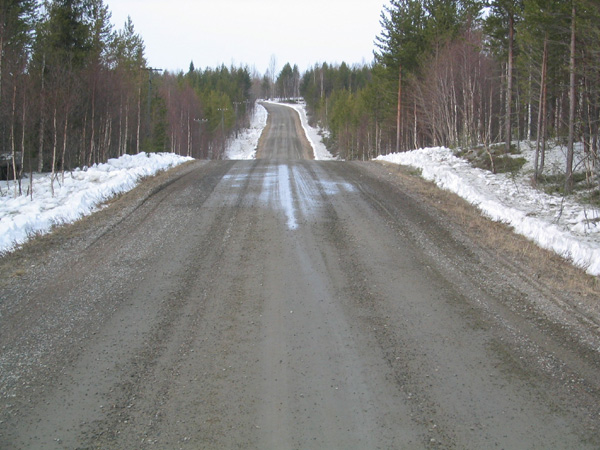 Below are rules (actually, laws) on overtaking that most drivers do not know.
Below are rules (actually, laws) on overtaking that most drivers do not know.The driver of any motor vehicle overtaking another vehicle proceeding in the same direction shall pass at a safe distance to the left thereof, and shall not again drive to the right side of the highway (to merge) until safely clear of such overtaken vehicle except that on a highway, within a business or residential district, having two or more lanes for the movement of traffic in one direction, the driver of a vehicle may overtake and pass another vehicle on the right.
A driver is not prohibited from overtaking and passing, upon the right, another vehicle which is making or about to make a left turn.
SUMMARIES:
[1] Overtaking shall be made, as a rule, on the left side of the overtaken vehicle.
[2] Merging (driving back to the right side) is allowed only when it is safely clear.
[3] Overtaking on the right is allowed only on highways having two or more lands in one direction (which means four or more lanes).
The driver of a vehicle about to be overtaken and passed by another vehicle approaching from the rear shall give way to the overtaking vehicle on suitable and audible signal being given by the driver of the overtaking vehicle, and shall not increase the speed of his vehicle until completely passed by the overtaking vehicle.
SUMMARIES:
[1] The driver of the overtaken vehicle has the legal obligation to give way to the overtaking vehicle.
[2] The overtaking vehicle must give a suitable and audible signal (signal lights and a honk) before making an overtake.
[3] The driver of the overtaken vehicle has the legal obligation not to increase speed.
The following are more restrictions on overtaking and passing. –[a] The driver of a vehicle shall not drive to the left side of the center line of a highway in overtaking or passing another vehicle proceeding in the same direction, unless such left side is clearly visible, and is free of oncoming traffic for a sufficient distance ahead to permit such overtaking or passing to be made in safety.[b] The driver of a vehicle shall not overtake or pass another vehicle proceeding in the same direction, when approaching the crest of a grade, not upon a curve in the highway, where the driver’s view along the highway is obstructed within a distance of five hundred feet ahead, except on a highway having two or more lanes for movement of traffic in one direction where the driver of a vehicle may overtake or pass another vehicle: Provided, That on a highway within a business or residential district, having two or more lanes for movement of traffic in one direction, the driver of a vehicle may overtake or pass another vehicle on the right.
Below is an image showing what a "crest of a grade" is.

[c] The driver of a vehicle shall not overtake or pass any other vehicle proceeding in the same direction, at any railway grade crossing, nor at any intersection of highways unless such intersection or crossing is controlled by traffic signal, or unless permitted to do so by a watchman or a peace officer, except on a highway having two or more lanes for movement of traffic in one direction where the driver of a vehicle may overtake or pass another vehicle on the right.
A driver is not prohibited from overtaking and passing, upon the right, another vehicle which is making or about to make a left turn.
[d] The driver of a vehicle shall not overtake or pass, or attempt to pass, any other vehicle, proceeding in the same direction, between any points indicated by the placing of official temporary warning or caution signs indicating that men are working on the highway.
[e] The driver of a vehicle shall not overtake or pass, or attempt to overtake or pass, any other vehicle proceeding in the same direction in any "no-passing or overtaking zone."
SUMMARY: The following are situations in which overtaking is NOT allowed: when approaching a crest of a grade; when upon a curve in the highway; when the driver's view is obstructed; when passing at railway grade crossing; when passing any intersection of highways; when passing official temporary warning or caution signs indicating that men are at work; and when passing a "no-overtaking zone."
Read Section 39 to 41 of Republic Act No. 4136, also known as the Land Transportation and Traffic Code.
